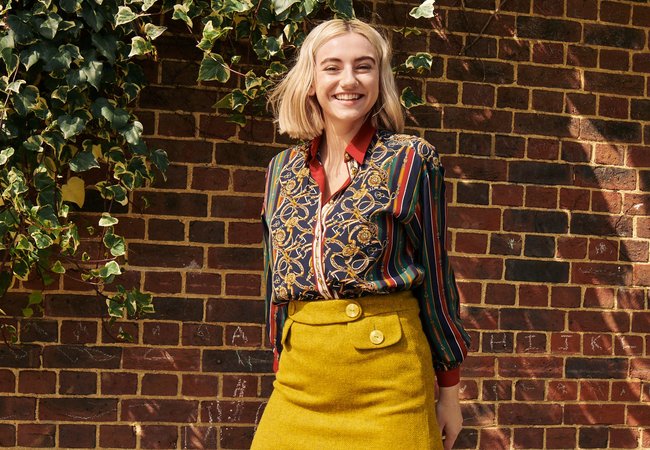
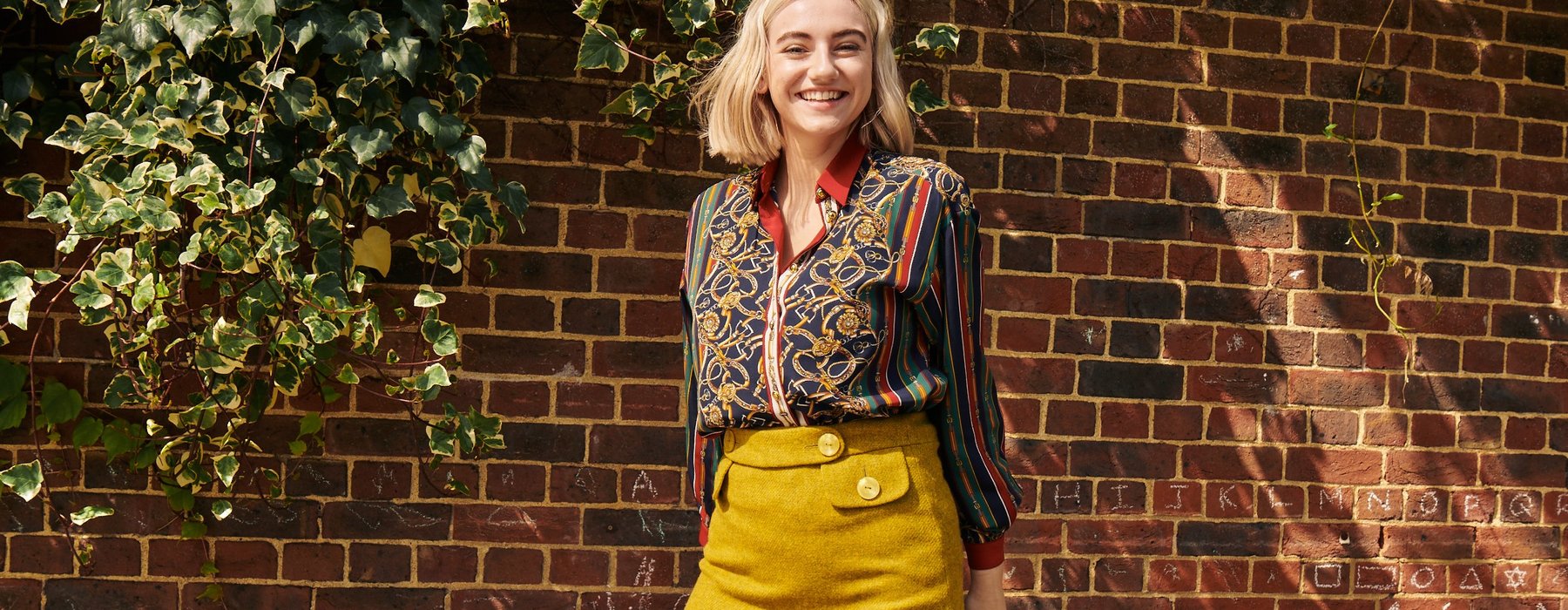
Buying Second Hand Clothes: What Are The Benefits?
Why buy second hand? From saving money to protecting the environment, Oxfam explains the benefits of buying second hand clothes.
Why buy second hand?
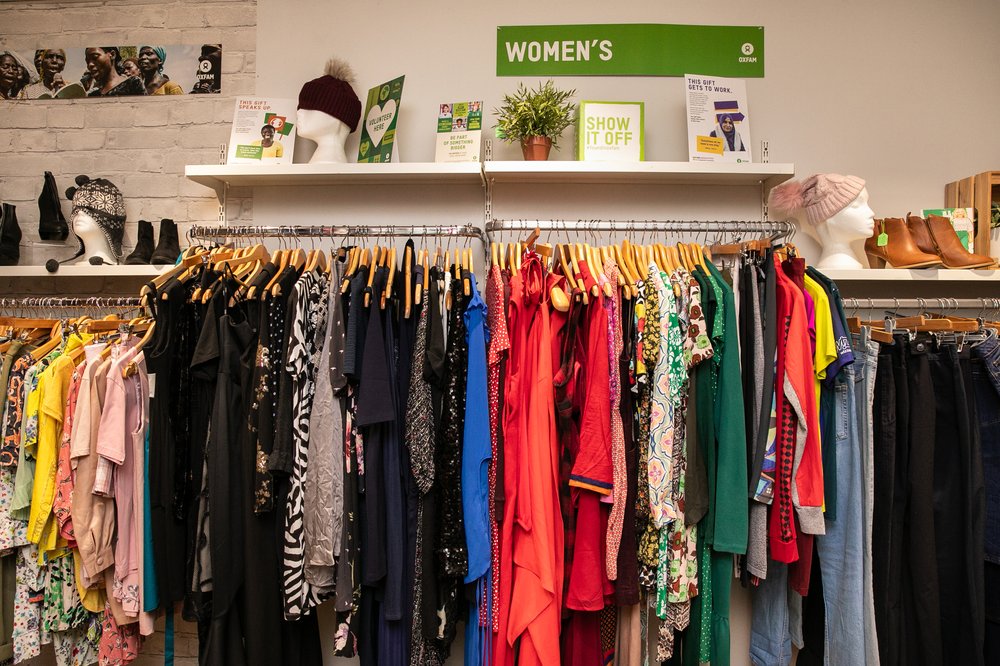
Islington Oxfam Shop
Save money
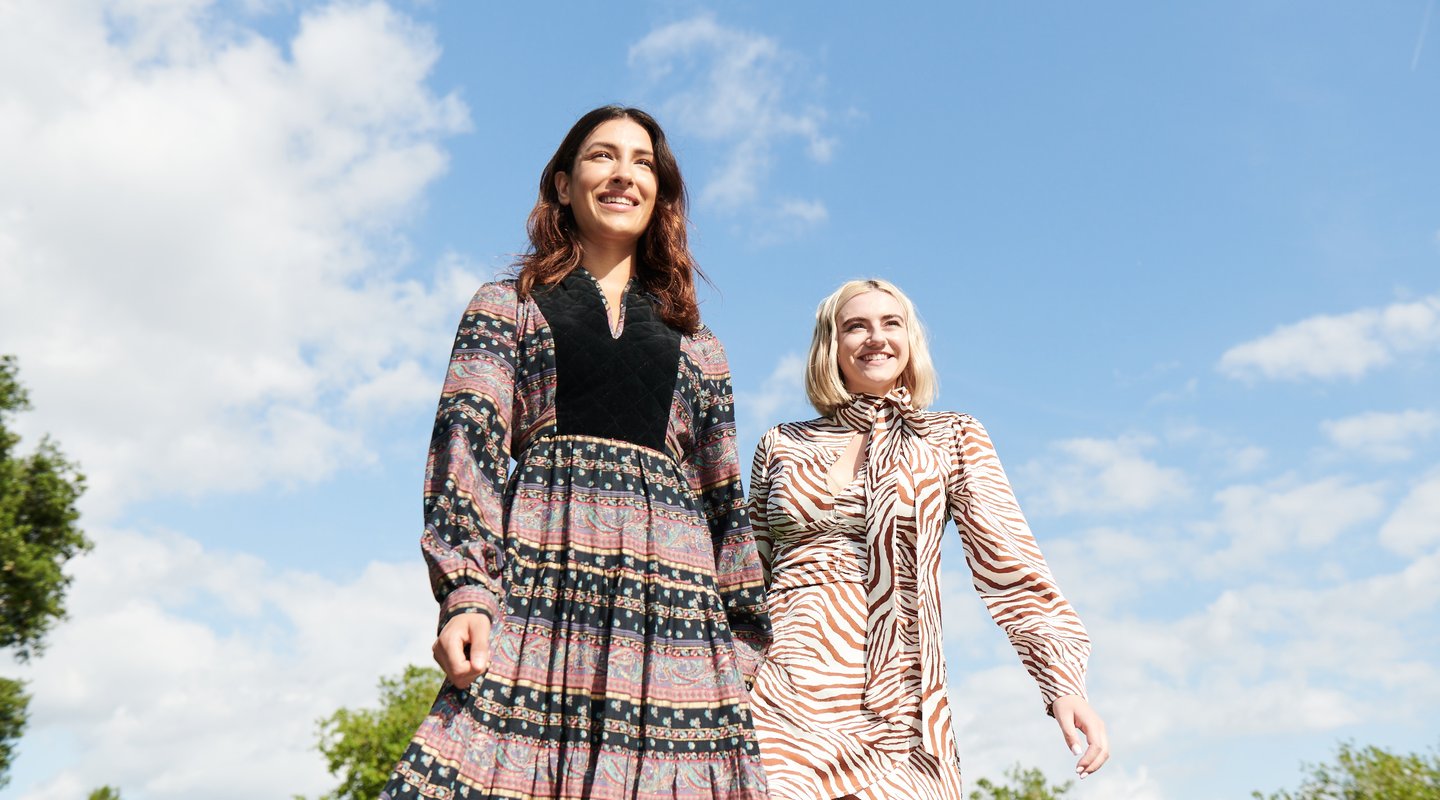
Second Hand Dresses
Find a beautiful dress for any occasion. Whether you’re looking for the perfect summer frock, a playful party dress or a sophisticated maxi, we’ve got you covered.
Shop women’s dresses.
Find unique items
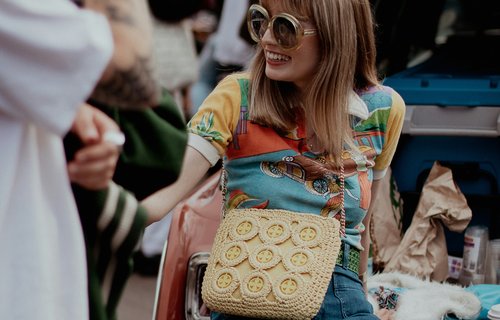
Second Hand Women’s Vintage
Explore our collection of carefully curated vintage clothing, from elegant evening dresses to statement coats, hats, jewellery and shoes.
Shop women’s vintage clothing.
Support positive change
Look after the environment
More posts like this
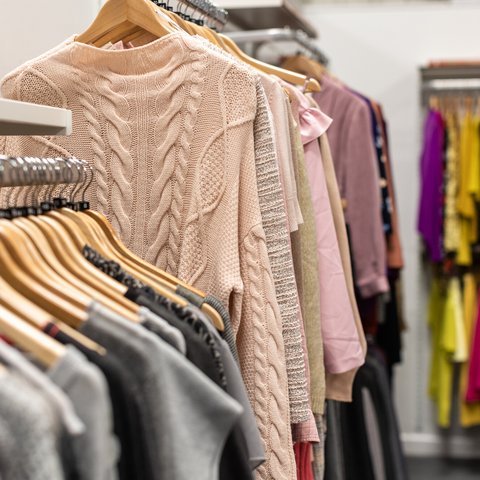
– What’s the difference between ethical and sustainable fashion, and how are they linked?
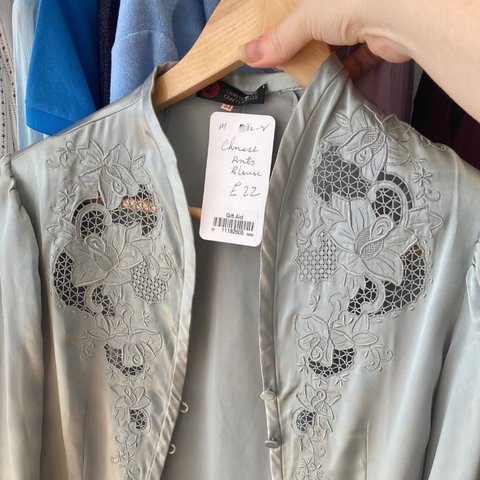
– Discover 7 fast fashion alternatives and find out how you can help to protect people and the planet from the impacts of the textile industry.
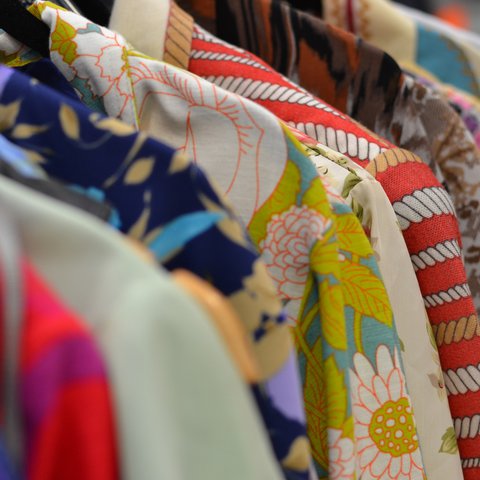
– Explore our guide to sustainable, eco-friendly online shopping, with lots of tips and recommendations on buying ethically.